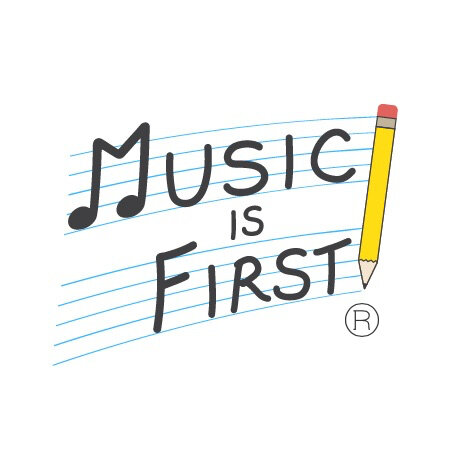Illustrating a Soundscape with voice and imagination
CONCLUSION & GOALS:
1. Create a vocal sound using imagination to “illustrate” an image through visualization
2. Create unique patterns based on rhythmic contexts based in both natural and human-made sound-scapes.
3. Use voice as a musical percussive instrument.
4. Students understand that each person in an orchestra or ensemble has an important role to play.
5. Students are able to concentrate on individual part as well as large group as a whole.
INTRODUCTORY ACTIVITY: OSTINATO
What is an “ostinato?” In music any rhythmic or melodic phrase that repeats continually is called an “ostinato.” Your heartbeat’s rhythm could be considered an “ostinato” because “boom-boom” repeats over and over again. Have students practice clapping “boom-boom” four times in a row to better understand this musical concept.
ACTIVITY #1: SOUNDSCAPES!
Directions: This process of creating a “soundscape” focuses on students listening to each other as a group or ensemble and also using repetitive sound. Students must continue to make the sound that they started with so that they can add to the “voice-chestra!”
Ask students to lie down in a circle with their feet towards the center of the circle and their heads on the periphery. Have each student lie in their own space so that they are not touching a neighbor. If you are using blindfolds have them lay them over their eyes or to keep their eyes closed. Explain to students that when they get tapped on the foot they are to begin making a sound with their voice that they will repeat as an “ostinato.” We are going to create varying soundscapes and they are the sound track.
Visualization: With their eyes closed lead the following visualization: “Ok class, we are packing up and going on an imaginary fieldtrip. We are leaving our classrooms and lining up, getting on the school bus and departing from school. As we drive and drive imagine what you see as we leave the school grounds and enter into the city, driving, driving, driving and driving until we go up a huge, steep hill. On the other side of the hill we are entering a deep jungle. Ooh look ahead… It’s a beautiful rainforest and jungle. So many trees and animals, colors and oh my! What was that?! Look at that! Look at that amazing plant, that interesting animal… Imagine what you are looking at and without making a sound, think about what you see and especially what you hear. Are there people, animals, plants, flowers, and smells? What do they look like, what do they feel like, etc. etc.”
Hints: **You may notice some students who lie next to each other have a tendency to copy the sound of the person who went before them. Remind students to find sounds they haven’t heard yet.
**If you have blindfolds you can use them to insure students keep their eyes closed!
ACTIVITY #2: Soundings Continued:
Repeat the same exercise with other environments such as: the ocean, downtown of a big city, a park, the airport, school playground, a sports game, a birthday party, etc.
REFLECTION: After performing these soundscapes a few times, ask students to form into a circle and talk about the activity. After answering the following questions, revisit one of the first soundscape activities and ask the students to repeat the activity with their eyes open. (Optional): Ask one of the students to act as a conductor. After everyone is making their soundscape sounds ask the conductor to motion different people “off” and “on” to hear the variants of the group’s sounds when not everyone is participating.
QUESTIONS:
What soundscapes were natural sounds and which were “human-made” sounds?
What soundscape environments were naturally louder or softer in volume?
What was your favorite sound?
How did you know when to start or stop?
Can the voice be used as a percussion instrument?
Could we have accomplished that activity if only a few people were participating?
VOCABULARY: Ostinato, Piano, Forte, Landscape, Ocean, City, Jungle, Rainforest, Farm
MUSIC & LITERACY CONNECTION: Select a book or choose a poem, a fairytale or seasonally themed fable. Assign each student a specific sound when they see a symbol in the book and read it a second time. Have them make the sounds when they see their symbol from the book. Students are asked during the second reading to help illustrate the sounds in the book.

